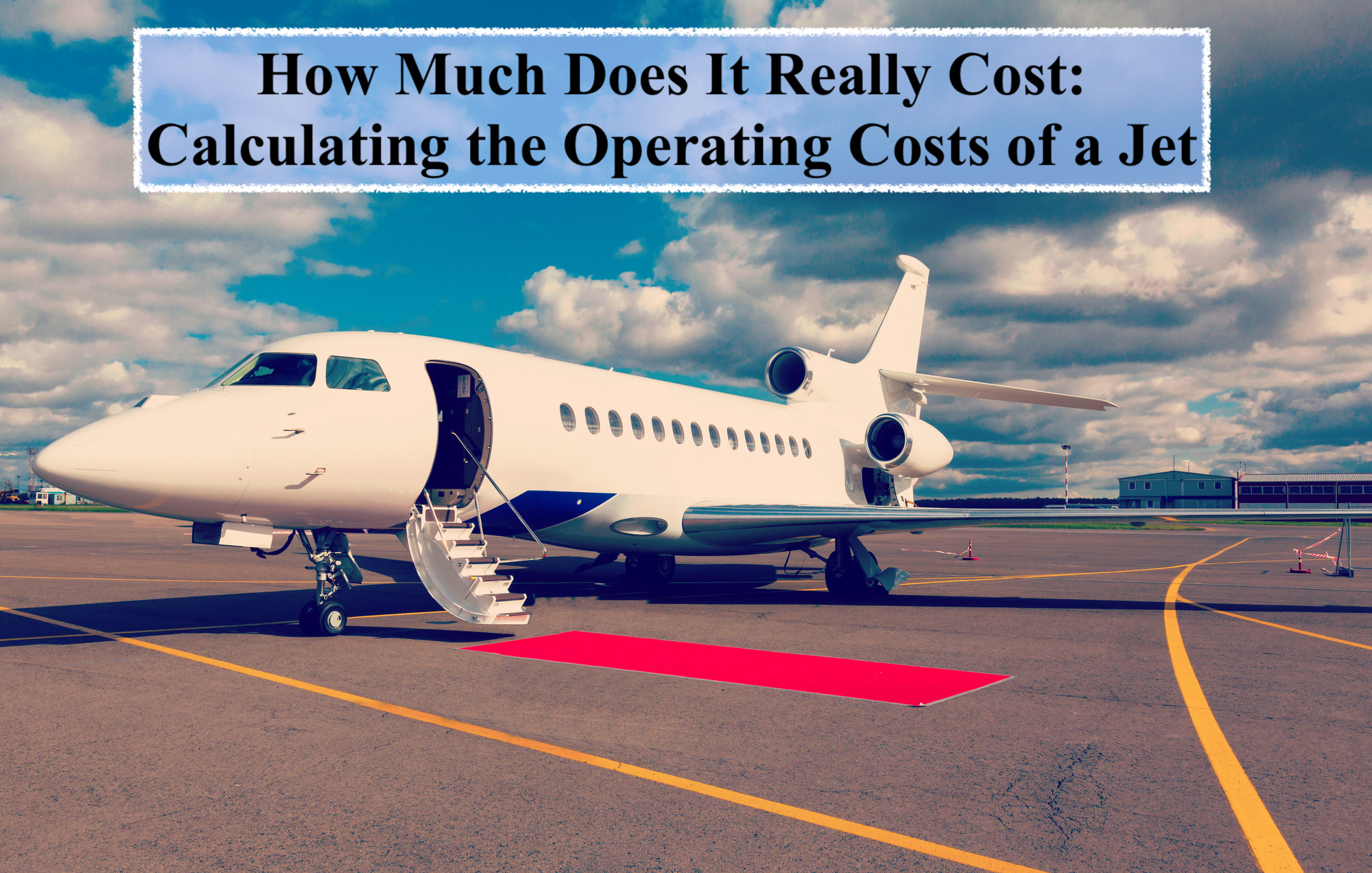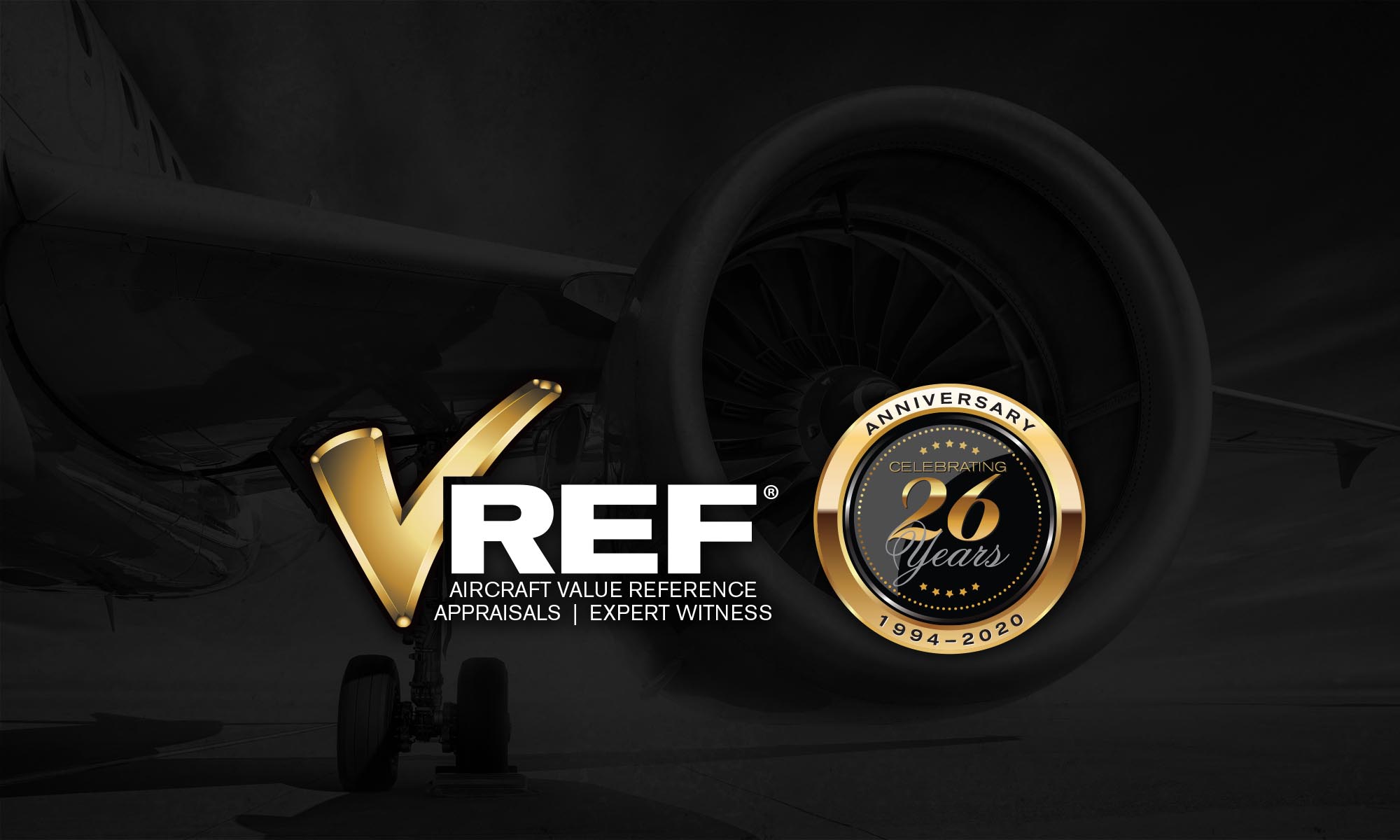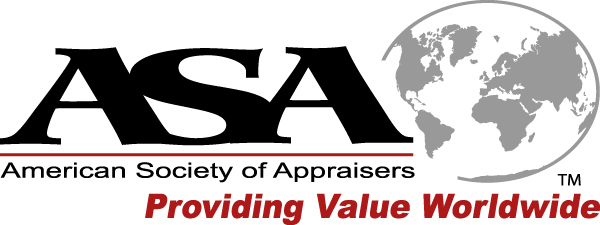Commercial air travel is exhausting, but there’s a new alternative: flying a privately-owned jet.
Flying private used to be a privilege for the ultra-rich, but jets have become more accessible. While your private flight may now be within reach, the operating costs remain a challenge.
Determining Jet Operating Costs
Calculating operating costs takes more than adding up your fuel and pilot salaries.
Each model has its pros and cons, and the costs of a jet begin when you decide on which aircraft to buy. Keep in mind what type of travel you’ll be doing, how often, and when.
You want to begin the process with the plane best suited to your mission profile, and don’t buy too much aircraft to satisfy the minority of your flights.
Then it’s time to start calculating the basics such as hourly cost and maintenance expenses.
Add Everything and the Kitchen Sink
Called the error of omission, forgetting to add possible expenses can ruin a budget.
When operating a plane it’s important to account for everything and then some. You need to overestimate your usage and remember wear and tear so you’re ready for anything, which will happen (Murphy’s Law!).
Types of Jet Operating Costs
Breaking down the expenses of a jet makes calculations manageable. When budgeting for a jet, you need to consider direct, fixed, reserve, and variable costs.
Direct Costs
Direct costs are out of pocket expenses. These include oil, fuel, and landing fees.
How much the aircraft has been flown determines the direct costs.
Fixed Costs
We all have bills, and that’s where fixed costs come in. Regardless of how much the jet has flown, you’ll have to pay these costs.
Insurance, hangar fees, and annual inspection and maintenance fees cannot be avoided. If you bought your jet using a loan, you’d also have to consider principal or interest amounts.
Reserve Costs
Reserve funds are unique and used if you have joint ownership of a jet, or want to avoid the negative surprise when maintenance or unexpected costs pop up.
Each time you use your plane you’ll deposit funds into an escrow account. This amount is set apart to pay for the engine, avionics, and airframe overhauls. This escrow account is your emergency fund. You can also set up a reserve account with various companies that offer power by the hour, or hourly cost maintenance programs. Programs like JSSI, MSP, ESP, PistonPower, Rolls-Royce Corporate Care are just a couple that you might see.
Variable Costs
When calculating operating costs, variable costs take the most skill to predict.
These costs come from unscheduled maintenance. Whether it’s your radio, starter, or vacuum pump, if any part of your plane breaks, it gets fixed. You cannot use a broken jet.
As you gain experience, you’ll be able to better prepare for these costs. Those new to buying a plane should overestimate.
Without a budget, you can land yourself in a world of trouble. Or not land at all, if you don’t fix those breaks!
You Get What You Pay For
Before buying a plane, you need to speak to your broker, aircraft management company. A trustworthy dealer will want to help you find the right aircraft for your budget. You need all the information available to you if you’re going to calculate operating costs effectively.
Do your homework and reach out to those in the business with the experience to help. Get an appraisal now; it’s one of the best steps you can take to be a confident buyer!







